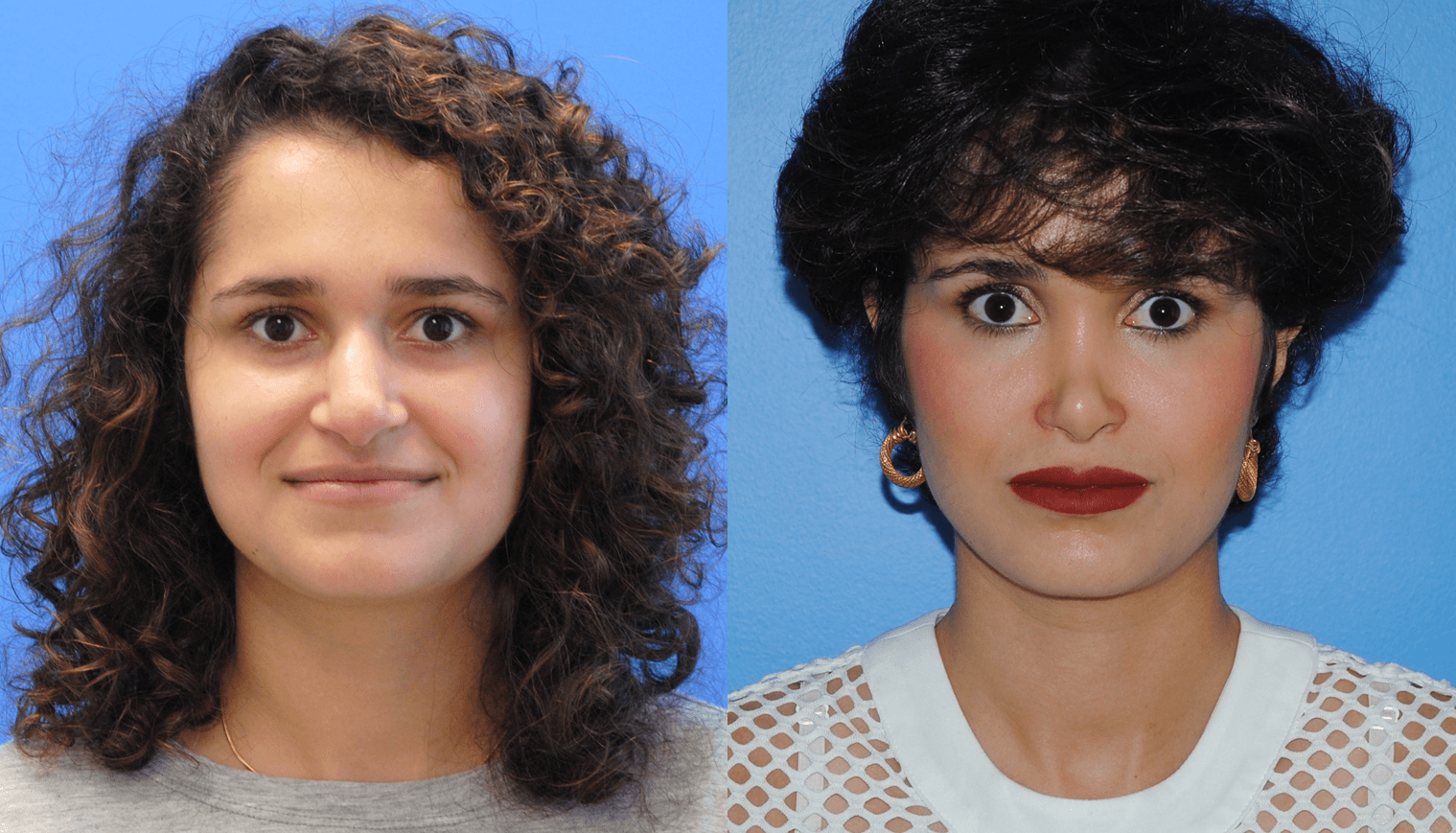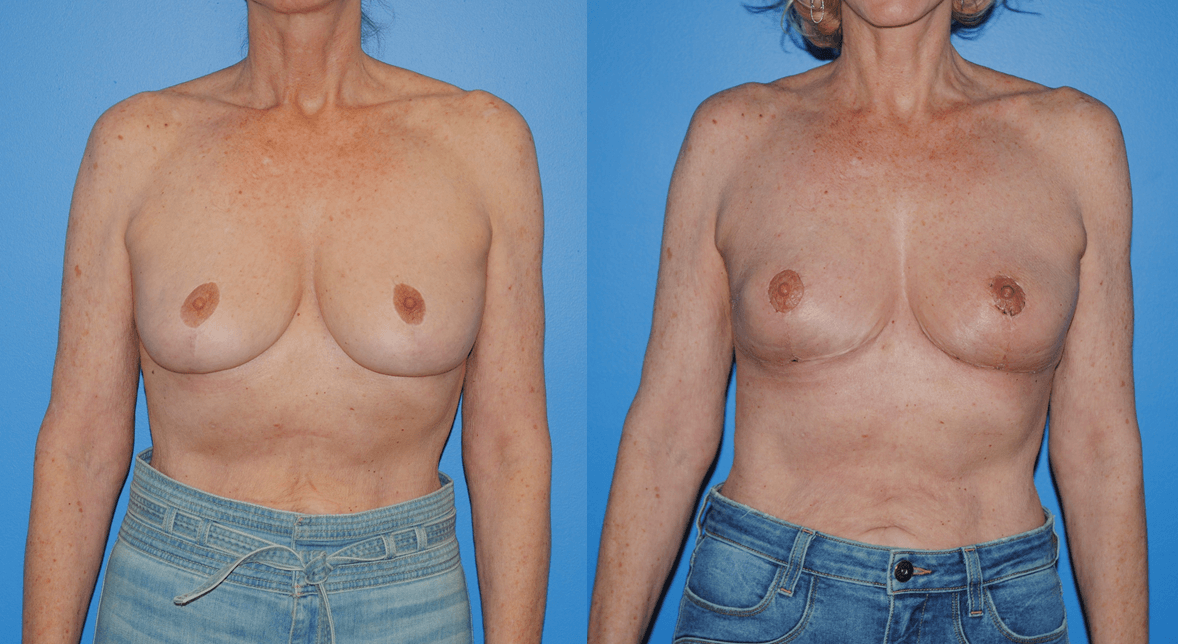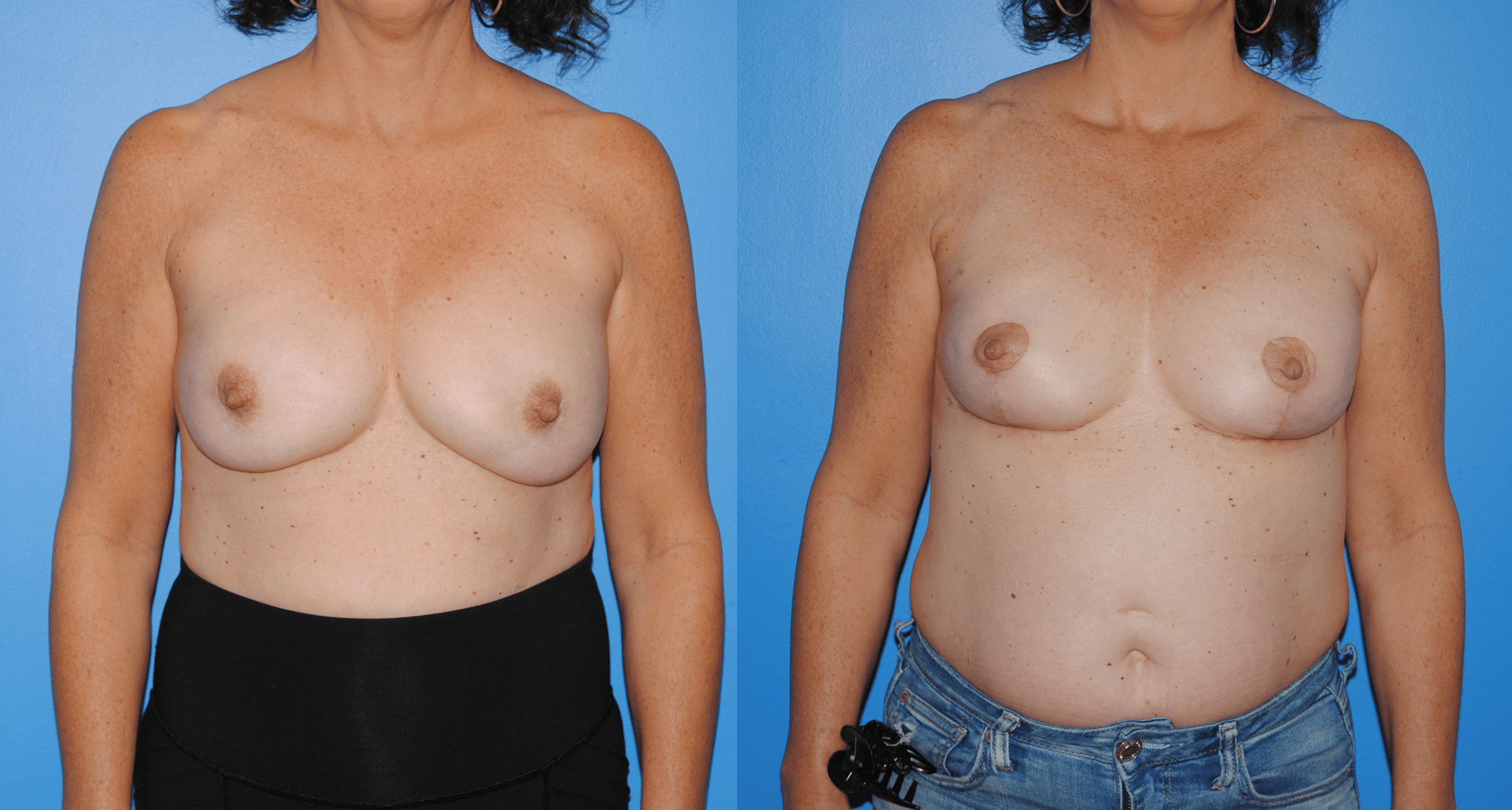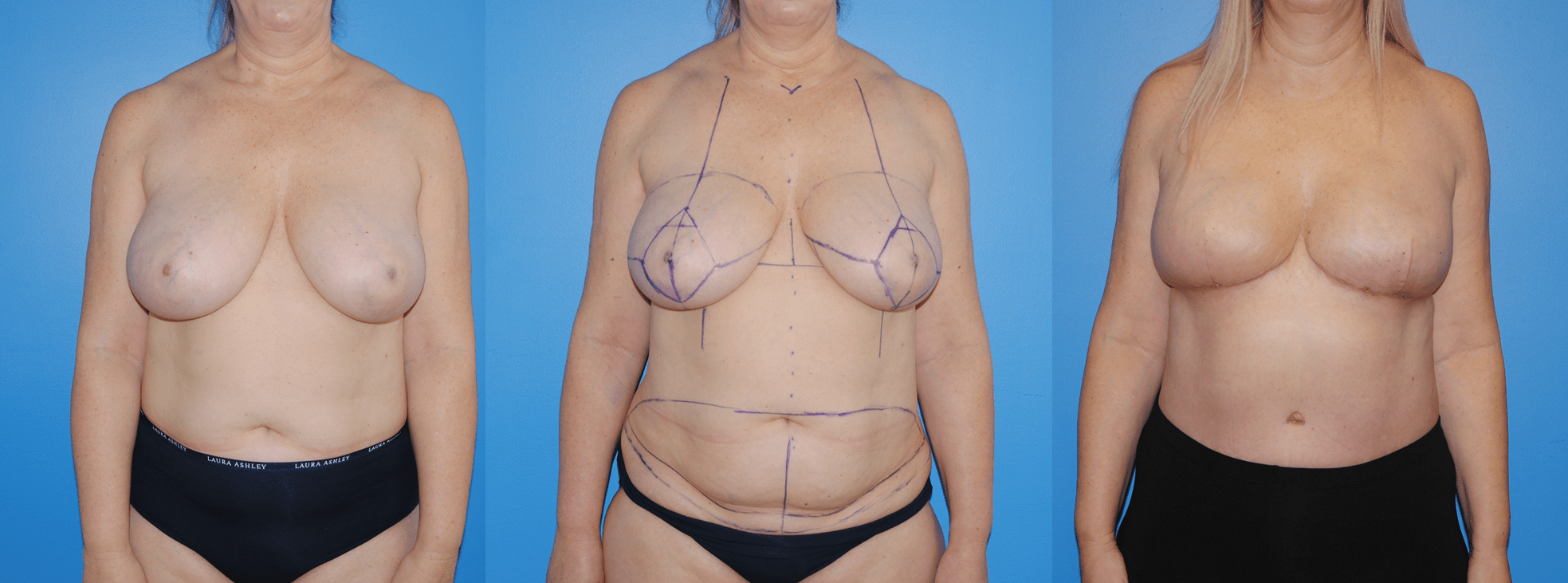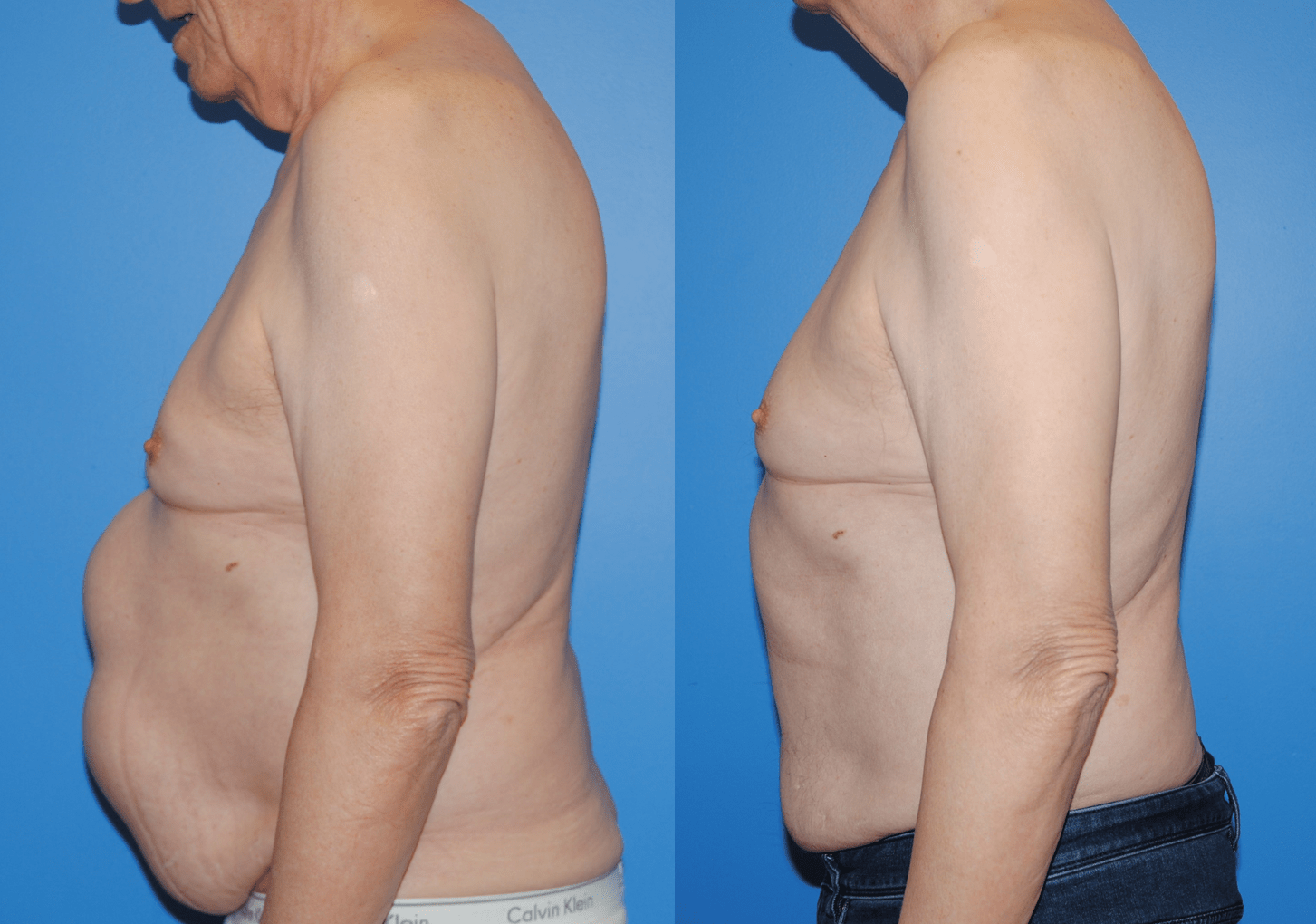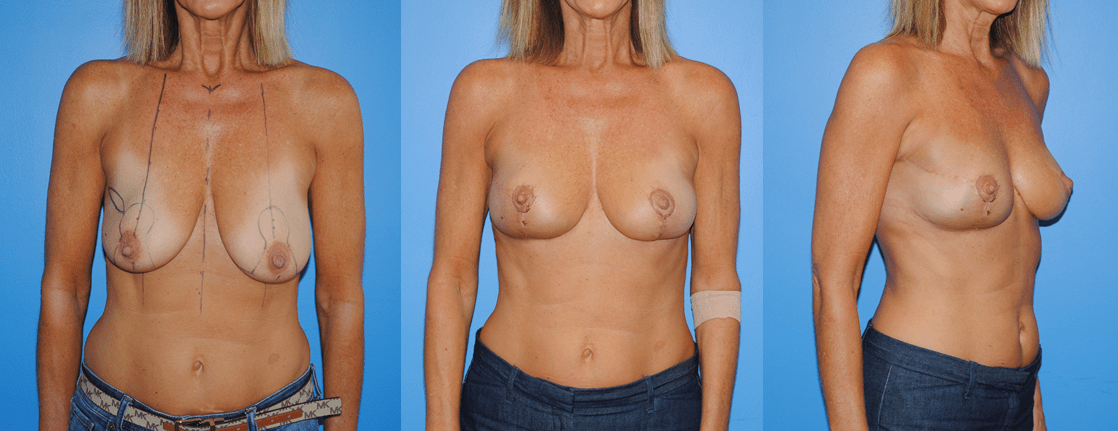Lower blepharoplasty procedures are common among young people. As we age, the orbicularis occuli muscle may become weak or deposits of fat accumulate in the compartment around the eye. As this happens the appearance of bags or fullness of the lower eyelids occur. Typically these patients benefit from removal of fat from the lower eyelid and/or tightening of the lower…



